Phrixotoxin 3Potent blocker of NaV1.2, NaV1.3 and NaV1.5 channels CAS# 880886-00-0 |

- Nutlin-3a chiral
Catalog No.:BCC1812
CAS No.:675576-98-4
- p53 and MDM2 proteins-interaction-inhibitor chiral
Catalog No.:BCC1830
CAS No.:939981-37-0
- p53 and MDM2 proteins-interaction-inhibitor racemic
Catalog No.:BCC1831
CAS No.:939983-14-9
Quality Control & MSDS
3D structure
Package In Stock
Number of papers citing our products
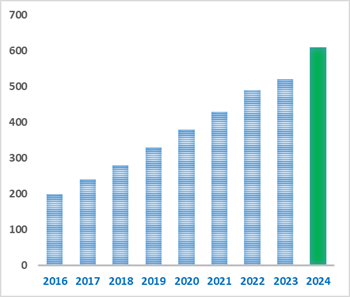
| Cas No. | 880886-00-0 | SDF | Download SDF |
| PubChem ID | 90488989 | Appearance | Powder |
| Formula | C176H269N51O48S6 | M.Wt | 4059.74 |
| Type of Compound | N/A | Storage | Desiccate at -20°C |
| Solubility | Soluble to 1 mg/ml in water | ||
| Sequence | DCLGFLWKCNPSNDKCCRPNLVCSRKDKWC (Modifications: Disulfide bridges: 2-17,9-23,16-30) | ||
| SMILES | CCC(C)C(C(=O)O)NC(=O)C(CCC(=O)N)NC(=O)C(CC1=CC=C(C=C1)O)NC(=O)C(CCCCN)NC(=O)C2CSSCC3C(=O)NC4CSSCC(C(=O)NC(C(=O)NCC(=O)NC(C(=O)NC(C(=O)NC(C(=O)NC(C(=O)NC(CSSCC(C(=O)NC(C(=O)NC(C(=O)NC(C(=O)NC(C(=O)NC(C(=O)NC(C(=O)N2)CC5=CNC6=CC=CC=C65)CCCCN)CC(=O)O)CCCCN)CCCNC(=N)N)CO)NC(=O)C(NC(=O)C(NC(=O)C(NC(=O)C7CCCN7C(=O)C(NC4=O)CCCNC(=N)N)CC(=O)N)CC(C)C)C(C)C)C(=O)NC(C(=O)N8CCCC8C(=O)NC(C(=O)NC(C(=O)NC(C(=O)NC(C(=O)N3)CCCCN)CC(=O)O)CC(=O)N)CO)CC(=O)N)CCCCN)CC9=CNC1=CC=CC=C19)CC(C)C)CC1=CC=CC=C1)CC(C)C)NC(=O)C(CC(=O)O)N | ||
| Standard InChIKey | SOKDRDMJNDICMO-UHFFFAOYSA-N | ||
| Standard InChI | InChI=1S/C176H269N51O48S6/c1-11-91(10)141(174(274)275)225-150(250)108(52-53-132(183)231)203-153(253)114(67-93-48-50-96(230)51-49-93)208-145(245)104(41-21-26-56-179)202-163(263)125-82-277-280-85-128-168(268)222-126-83-278-276-81-124(218-142(242)99(182)70-137(236)237)165(265)205-110(63-87(2)3)143(243)195-78-136(235)196-113(66-92-33-13-12-14-34-92)152(252)206-111(64-88(4)5)151(251)210-115(68-94-76-193-100-37-17-15-35-97(94)100)154(254)198-105(42-22-27-57-180)148(248)219-127(166(266)215-121(73-135(186)234)173(273)227-62-32-47-131(227)170(270)217-123(80-229)162(262)211-117(71-133(184)232)156(256)213-120(75-139(240)241)159(259)200-106(149(249)220-128)43-23-28-58-181)84-279-281-86-129(223-171(271)140(90(8)9)224-160(260)112(65-89(6)7)207-157(257)118(72-134(185)233)214-169(269)130-46-31-61-226(130)172(272)109(204-164(126)264)45-30-60-192-176(189)190)167(267)216-122(79-228)161(261)201-107(44-29-59-191-175(187)188)144(244)197-102(39-19-24-54-177)147(247)212-119(74-138(238)239)158(258)199-103(40-20-25-55-178)146(246)209-116(155(255)221-125)69-95-77-194-101-38-18-16-36-98(95)101/h12-18,33-38,48-51,76-77,87-91,99,102-131,140-141,193-194,228-230H,11,19-32,39-47,52-75,78-86,177-182H2,1-10H3,(H2,183,231)(H2,184,232)(H2,185,233)(H2,186,234)(H,195,243)(H,196,235)(H,197,244)(H,198,254)(H,199,258)(H,200,259)(H,201,261)(H,202,263)(H,203,253)(H,204,264)(H,205,265)(H,206,252)(H,207,257)(H,208,245)(H,209,246)(H,210,251)(H,211,262)(H,212,247)(H,213,256)(H,214,269)(H,215,266)(H,216,267)(H,217,270)(H,218,242)(H,219,248)(H,220,249)(H,221,255)(H,222,268)(H,223,271)(H,224,260)(H,225,250)(H,236,237)(H,238,239)(H,240,241)(H,274,275)(H4,187,188,191)(H4,189,190,192) | ||
| General tips | For obtaining a higher solubility , please warm the tube at 37 ℃ and shake it in the ultrasonic bath for a while.Stock solution can be stored below -20℃ for several months. We recommend that you prepare and use the solution on the same day. However, if the test schedule requires, the stock solutions can be prepared in advance, and the stock solution must be sealed and stored below -20℃. In general, the stock solution can be kept for several months. Before use, we recommend that you leave the vial at room temperature for at least an hour before opening it. |
||
| About Packaging | 1. The packaging of the product may be reversed during transportation, cause the high purity compounds to adhere to the neck or cap of the vial.Take the vail out of its packaging and shake gently until the compounds fall to the bottom of the vial. 2. For liquid products, please centrifuge at 500xg to gather the liquid to the bottom of the vial. 3. Try to avoid loss or contamination during the experiment. |
||
| Shipping Condition | Packaging according to customer requirements(5mg, 10mg, 20mg and more). Ship via FedEx, DHL, UPS, EMS or other couriers with RT, or blue ice upon request. | ||
| Description | Potent blocker of voltage-gated sodium channels (IC50 values are 0.6, 42, and 72 nM for NaV1.2, NaV1.3 and NaV1.5 respectively). Blocks inward sodium currents in a voltage-dependent manner. |

Phrixotoxin 3 Dilution Calculator

Phrixotoxin 3 Molarity Calculator

Calcutta University

University of Minnesota

University of Maryland School of Medicine

University of Illinois at Chicago

The Ohio State University
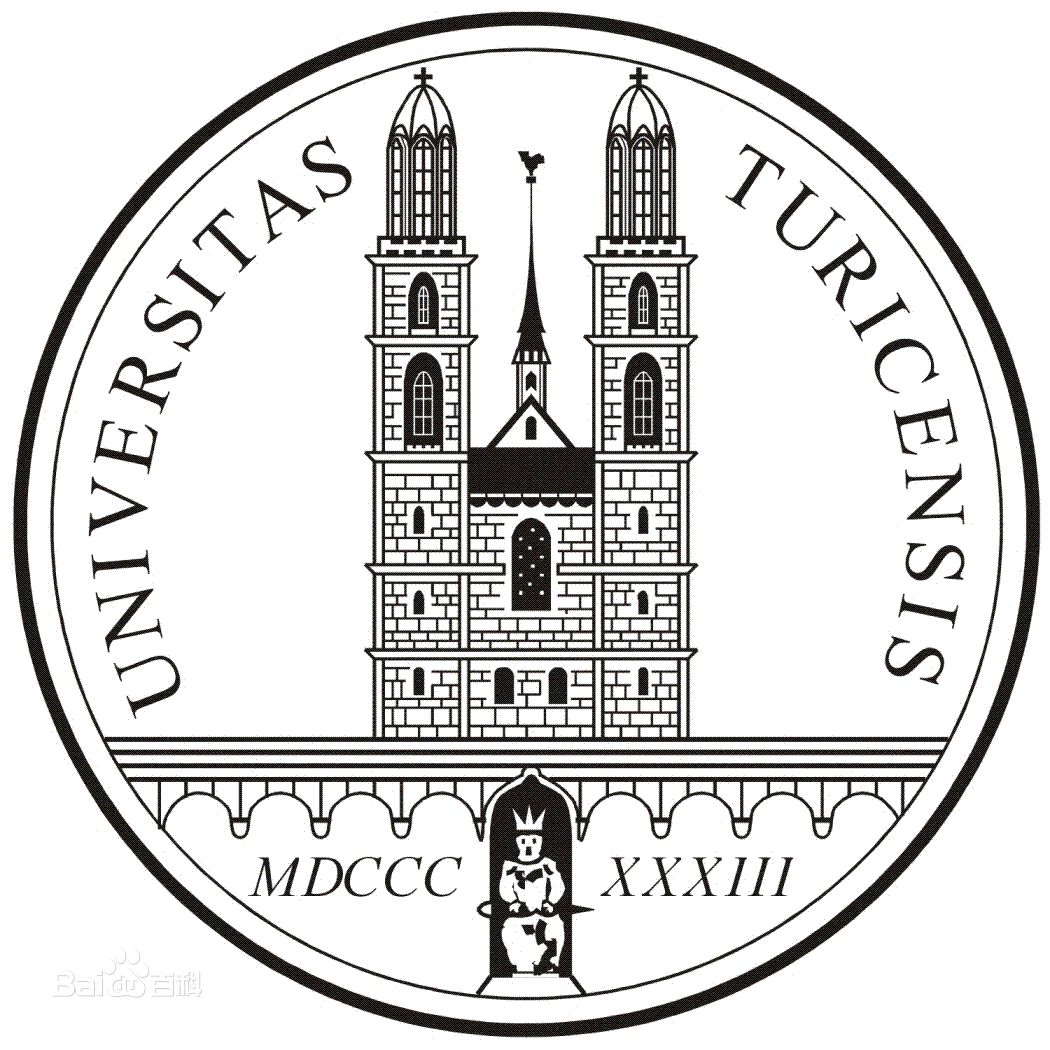
University of Zurich

Harvard University

Colorado State University
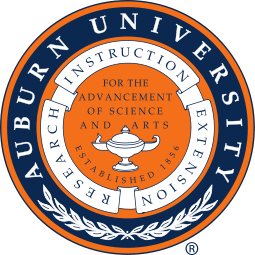
Auburn University

Yale University

Worcester Polytechnic Institute

Washington State University
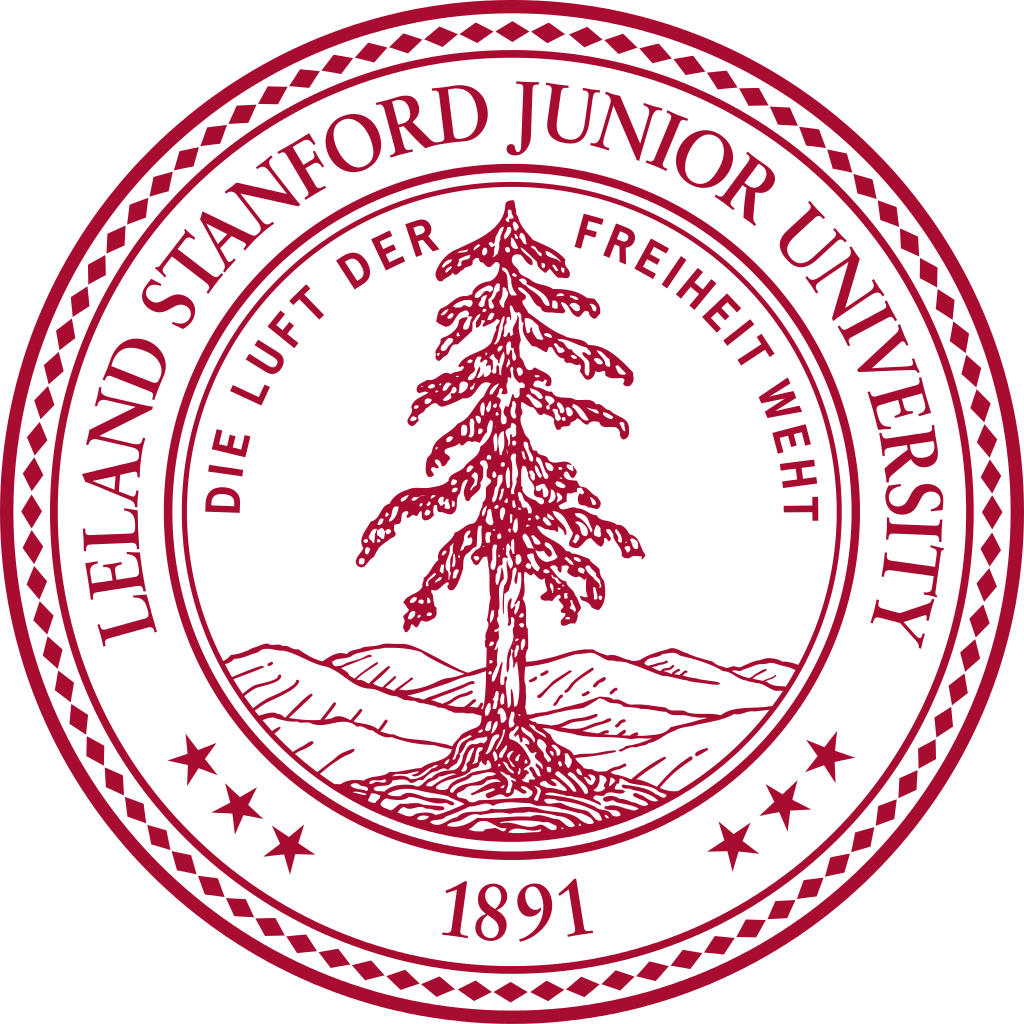
Stanford University

University of Leipzig
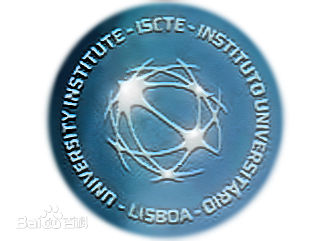
Universidade da Beira Interior
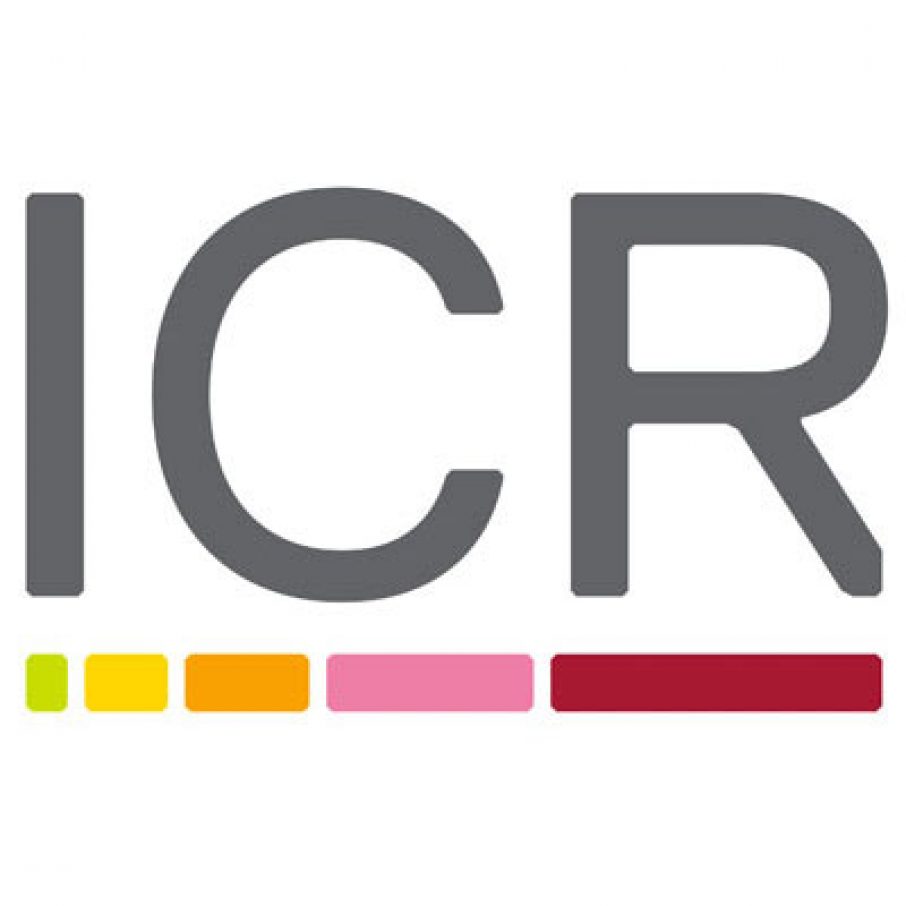
The Institute of Cancer Research

Heidelberg University

University of Amsterdam

University of Auckland

TsingHua University
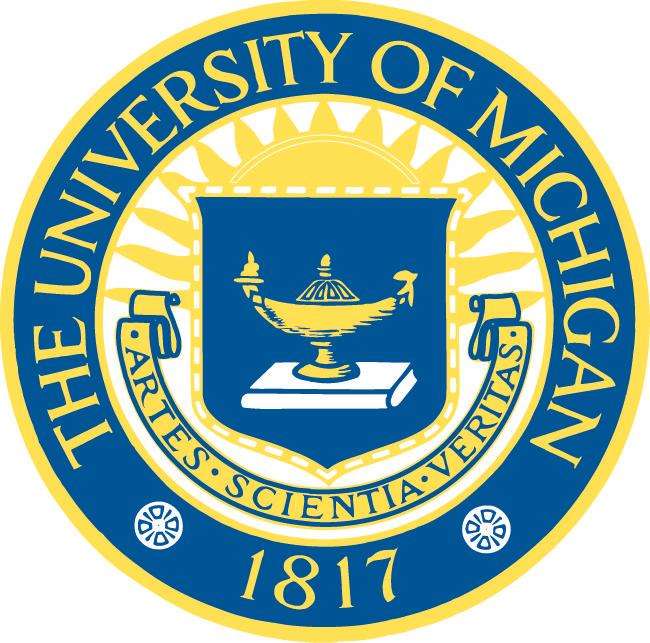
The University of Michigan

Miami University
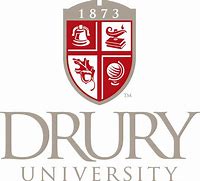
DRURY University
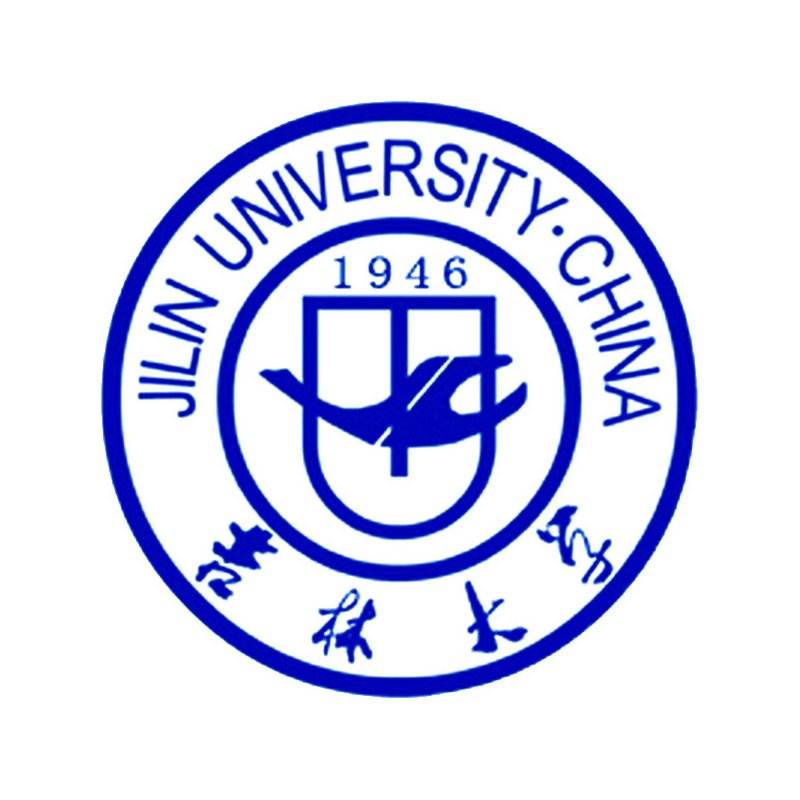
Jilin University

Fudan University

Wuhan University

Sun Yat-sen University
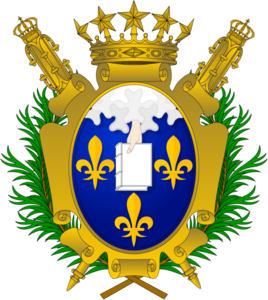
Universite de Paris

Deemed University

Auckland University

The University of Tokyo

Korea University
- 4-Hydroxybenzaldehyde rhamnoside
Catalog No.:BCN7625
CAS No.:88086-86-6
- PhiKan 083
Catalog No.:BCC2411
CAS No.:880813-36-5
- Naloxonazine dihydrochloride
Catalog No.:BCC6710
CAS No.:880759-65-9
- AMD-070 hydrochloride
Catalog No.:BCC1358
CAS No.:880549-30-4
- Fmoc-Hyp-OH
Catalog No.:BCC3254
CAS No.:88050-17-3
- Neuropathiazol
Catalog No.:BCC5375
CAS No.:880090-88-0
- 1,2-Benzenedicarboxylic acid
Catalog No.:BCN3151
CAS No.:88-99-3
- BHQ
Catalog No.:BCC6982
CAS No.:88-58-4
- 2-Acetylthiophene
Catalog No.:BCC8517
CAS No.:88-15-3
- Furan-2-carboxylic acid
Catalog No.:BCN4557
CAS No.:88-14-2
- Ingenol-5,20-acetonide-3-O-angelate
Catalog No.:BCN8458
CAS No.:87980-68-5
- UFP 803
Catalog No.:BCC5917
CAS No.:879497-82-2
- Notoginsenoside Fa
Catalog No.:BCN3854
CAS No.:88100-04-3
- HDS 029
Catalog No.:BCC7441
CAS No.:881001-19-0
- 30-Hydroxygambogic acid
Catalog No.:BCN3081
CAS No.:881027-36-7
- Notoginsenoside Fe
Catalog No.:BCN3852
CAS No.:88105-29-7
- Valganciclovir
Catalog No.:BCC2026
CAS No.:88110-89-8
- JNJ-26854165 (Serdemetan)
Catalog No.:BCC2240
CAS No.:881202-45-5
- Notoginsenoside Fc
Catalog No.:BCN3853
CAS No.:88122-52-5
- KU-0060648
Catalog No.:BCC1110
CAS No.:881375-00-4
- Daphniyunnine A
Catalog No.:BCN4428
CAS No.:881388-87-0
- Daphniyunnine B
Catalog No.:BCN4429
CAS No.:881388-88-1
- 6-Formyllimetin
Catalog No.:BCN3427
CAS No.:88140-31-2
- Dauriporphine
Catalog No.:BCN7903
CAS No.:88142-60-3
Characterization of voltage-dependent calcium channel blocking peptides from the venom of the tarantula Grammostola rosea.[Pubmed:21740921]
Toxicon. 2011 Sep 1;58(3):265-76.
Voltage-dependent calcium channel blocking peptides were purified and sequenced from the venom of the tarantula, Grammostola rosea. cDNAs encoding the peptide sequences were cloned from the venom gland cDNA library. The electrophysiological effects of the peptides on several types of voltage-dependent calcium channels were evaluated using a Xenopus laevis oocyte expression system. A peptide contained in one of the HPLC peak fractions inhibited P/Q type voltage-dependent calcium channels (Ca(v)2.1). The amino acid sequence of this peptide is identical to that of omega-grammotoxin SIA. A peptide from another discrete peak, which is identical to GsAFII except for one tryptophan residue in the C-terminus, inhibited L-type voltage-dependent calcium channels (Ca(v)1.2). A novel peptide, named GTx1-15 (Accession number, AB201016), shows 76.5% sequence homology with the sodium channel blocker Phrixotoxin 3, however, GTx1-15 preferentially inhibited T-type voltage-dependent calcium channels (Ca(v)3.1). In silico secondary and tertiary structure prediction revealed that GTx1-15 and sodium channel blockers such as hainantoxin-IV, Phrixotoxin 3, and ceratotoxin 2 show very similar beta-strand composition, distribution of Optimal Docking Areas (continuous surface patches likely to be involved in protein-protein interactions), and surface electrostatic potential. These findings suggest that these peptide toxins evolved from common ancestors by gene duplication to maintain surface atmospheres appropriate for interaction with low-voltage-dependent ion channels.
Four novel tarantula toxins as selective modulators of voltage-gated sodium channel subtypes.[Pubmed:16267209]
Mol Pharmacol. 2006 Feb;69(2):419-29.
Four novel peptide toxins that act on voltage-gated sodium channels have been isolated from tarantula venoms: ceratotoxins 1, 2, and 3 (CcoTx1, CcoTx2, and CcoTx3) from Ceratogyrus cornuatus and Phrixotoxin 3 (PaurTx3) from Phrixotrichus auratus. The pharmacological profiles of these new toxins were characterized by electrophysiological measurements on six cloned voltage-gated sodium channel subtypes expressed in Xenopus laevis oocytes (Na(v)1.1/beta(1), Na(v)1.2/beta(1), Na(v)1.3/beta(1), Na(v)1.4/beta(1), Na(v)1.5/beta(1), and Na(v)1.8/beta(1)). These novel toxins modulate voltage-gated sodium channels with properties similar to those of typical gating-modifier toxins, both by causing a depolarizing shift in gating kinetics and by blocking the inward component of the sodium current. PaurTx3 is one of the most potent peptide modulators of voltage-gated sodium channels described thus far from spider venom, modulating Na(v)1.2 with an IC(50) value of 0.6 +/- 0.1 nM. CcoTx1 and CcoTx2, differing by only one amino acid, are potent modulators of different voltage-gated sodium channel subtypes from the central nervous system, except for Na(v)1.3, which is only affected by CcoTx2. The potency of CcoTx3 is lower, although this toxin seems to be more selective for the tetrodotoxin-resistant channel subtype Na(v)1.5/beta(1) (IC(50) = 447 +/- 32 nM). In addition to these results, molecular modeling indicates that subtle differences in toxin surfaces may relate to their different pharmacological profiles. Furthermore, an evolutionary trace analysis of these toxins and other structurally related three-disulfide spider toxins provides clues for the exploration of toxin-channel interaction and future structure-function research.


